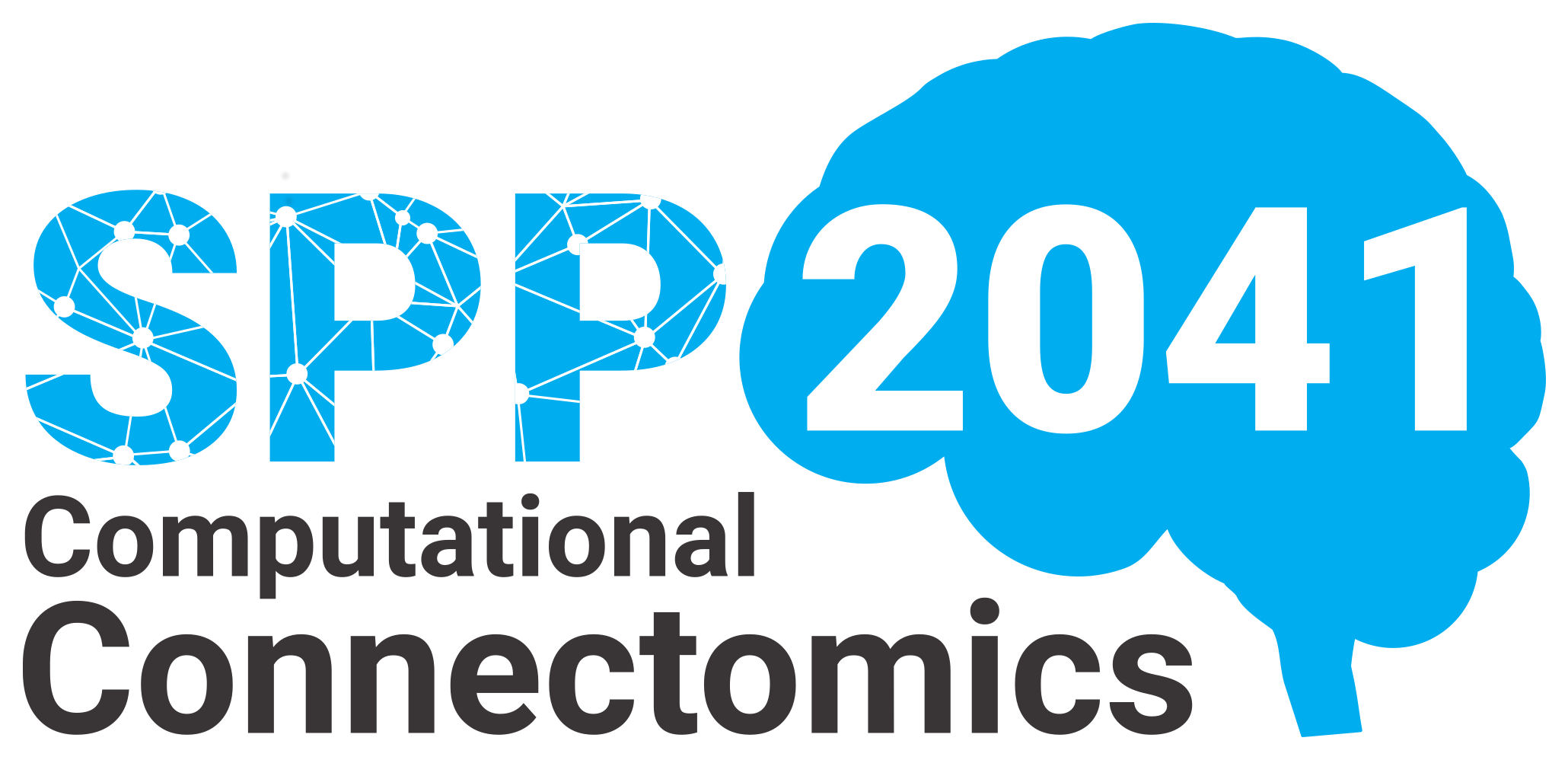Combining theory and experiments to infer how recurrent and top-down connectivity in the corticothalamic circuit gives rise to V1 selectivity
To understand how computations are implemented in neural circuits it is important to clarify the role of local, recurrent connectivity versus feedback loops. In a tight collaboration, our project combines theoretical and experimental approaches and performs model-based inference of synaptic connectivity from measurements of functional response properties in the early visual system.In the previous funding period, we used in vivo electrophysiology to measure contrast sensitivity and orientation selectivity in putative excitatory (E) and inhibitory (I) populations of neurons in primary visual cortex (V1) and its inputs from the dorsolateral geniculate nucleus (dLGN) of the thalamus. We observed that all dLGN and the majority of V1 neurons (86.2 %) are contrast-invariant, and that this also holds true for the respective neural populations. Building on the contrast invariance property of the circuit, we used orientation and contrast responses in combination with a supralinear stabilized modeling framework to infer the local synaptic connectivity and input profiles. We found that the I population forms a sub-network with strongest recurrent connections, and that projections from E sub-network are the weakest contributors to V1 responses, which is in line with previous connectomics studies. Notably, our inferred feedforward inputs to V1 indicate that inhibitory V1 neurons are targeted stronger by dLGN projections than E sub-network.Taken together, our results indicate that the population-wide contrast invariance is an important constraint for circuit wiring and V1 responses.For the next funding period, we will build on our results combining in vivo experiments and the supralinear stabilized circuit model, and will advance in 3 aspects: (1) We will further test the inferred V1 connectivity and investigate via optogenetic manipulations the functional role of recurrent inhibition contributed by parvalbumin-positive (PV+) inhibitory interneurons to the establishment of orientation selectivity, contrast sensitivity and contrast invariance in V1. (2) We will expand our theoretical network model to embrace some of the complexity of biological neural circuits, by including cortico-thalamic feedback as an additional recurrent input to V1. We will constrain this model by optogenetic manipulations of L6 corticothalamic (CT) axon terminals over thalamus, while measuring the V1 circuit activity and selectivity for orientation and contrast. (3) Comparing the time course of V1 responses during optogenetic manipulations of V1 intracortical inhibition, CT feedback and control conditions, we will investigate how these key circuit elements contribute to the temporal dynamics of V1 feature selectivity for orientation and contrast. We will test in our network model whether changes in tuning and/or gain are accompanied by changes in inferred connectivity between specific network populations.
Visit at GEPRIS
Visit at GEPRIS
Principal Investigators
Professorin Dr. Laura Busse
Ludwig-Maximilians-Universität München
Biozentrum Martinsried – Department Biologie II
Lehrstuhl für Neurobiologie
Dr. Tatjana Tchumatchenko
Rheinische Friedrich-Wilhelms-Universität Bonn
Medizinische Fakultät
Klinik für Epileptologie
